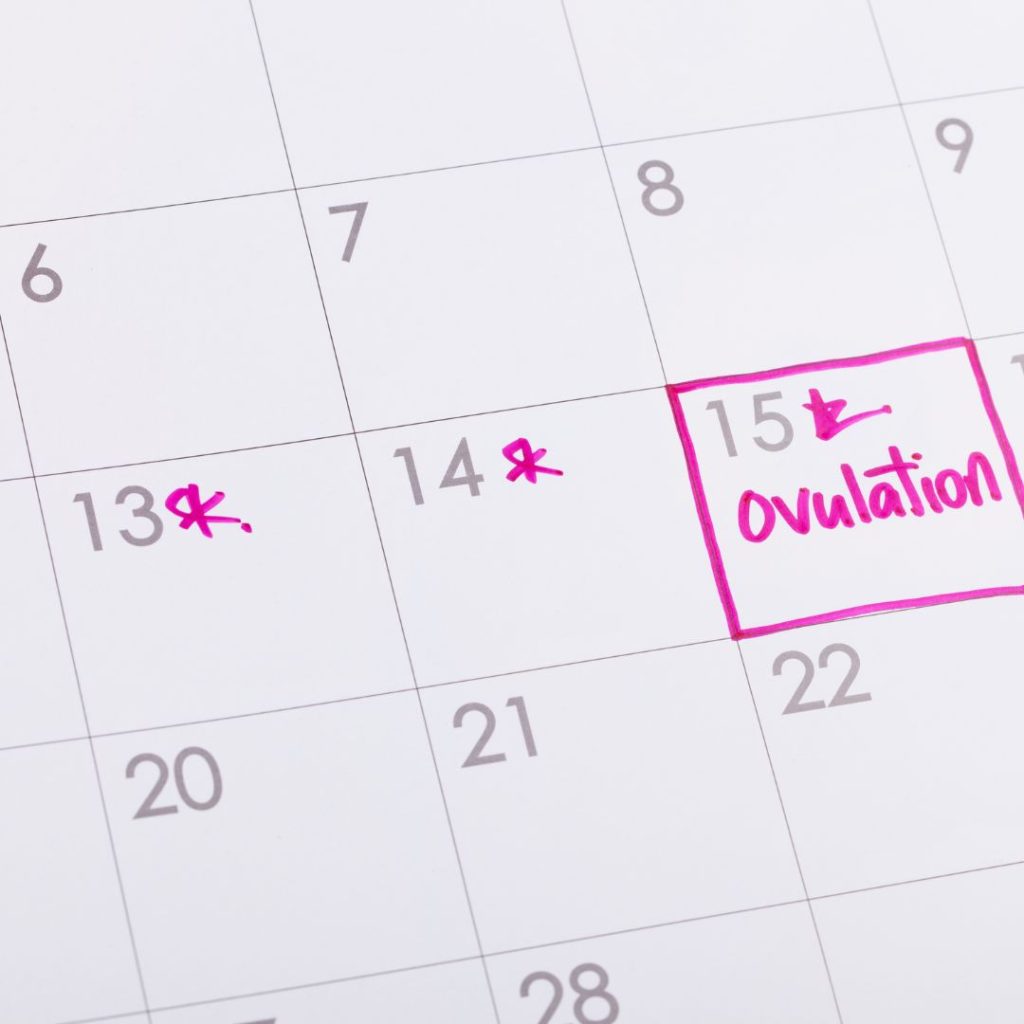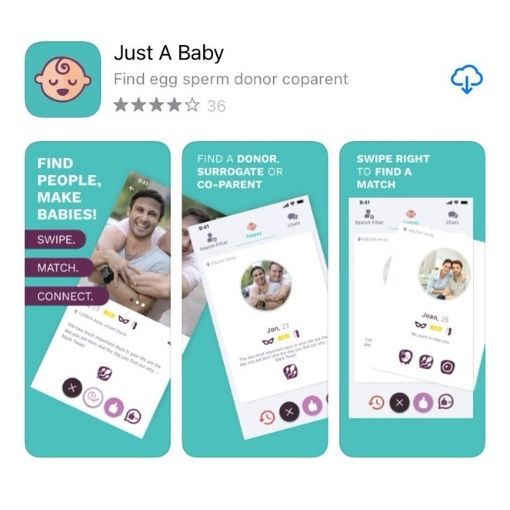Are you curious about your menstrual cycle and ovulation? Well, you’ve come to the right place. We are here to explain everything you need about a ‘normal’ ovulation cycle. Don’t worry, We’ll try and keep things light and not too technical!
What is Ovulation?

Let’s start with the basics. Ovulation is when a mature egg is released from the ovary and travels down the fallopian tube, waiting to be fertilised by sperm. This usually happens once a month, but only sometimes on the same day. And when it does happen, your body goes through some changes. If you want to read a detailed overview of ovulation and everything you could want to know, check out our guide here.
The menstrual cycle
The menstrual cycle is the series of events that happen in a woman’s body every month, preparing it for pregnancy. It’s made up of three main phases: the follicular phase, ovulation, and the luteal phase.
The follicular phase
The follicular phase starts on the first day of your period and lasts about 10-14 days. During this phase, your body is preparing to ovulate. The brain sends a signal to the ovaries to start maturing follicles (sacs that contain immature eggs) and produce estrogen, which thickens the lining of the uterus.
Ovulation
This is the moment we’ve been waiting for. Ovulation usually happens around day 14 of a 28-day cycle, but it can vary. The mature egg bursts out of the follicle and starts its journey down the fallopian tube. If sperm is present, it can fertilise the egg here.
The luteal phase
The luteal phase starts after ovulation and lasts about 14 days. If the egg isn’t fertilised, it disintegrates, and the levels of estrogen and progesterone drop, signalling the uterus to shed its lining (hello, period!). If the egg is fertilised, it implants in the uterus and starts to grow, leading to pregnancy.
What is a normal ovulation cycle?
So, what’s considered normal? Well, a “normal” menstrual cycle can range from 21 to 35 days, with the average being 28 days. Ovulation usually happens around day 14, but it can vary from woman to woman and from cycle to cycle. Some women may have shorter or longer cycles, while others may ovulate earlier or later.
There are also a few ways to track your ovulation, such as using ovulation predictor kits or tracking your basal body temperature. But remember, everyone’s body is different, so what’s normal for you may not be normal for someone else.
Final thoughts
Now that you know the ins and outs of a normal ovulation cycle, you can better understand your body and what it’s trying to tell you. So, the next time Aunt Flo comes to visit, you can confidently say, “Hey girl, I got this!” And if anything feels off or you have concerns, don’t hesitate to talk to your doctor. If you are TTC, don’t forget you can stock up on your Hoopsy eco pregnancy tests right here.




